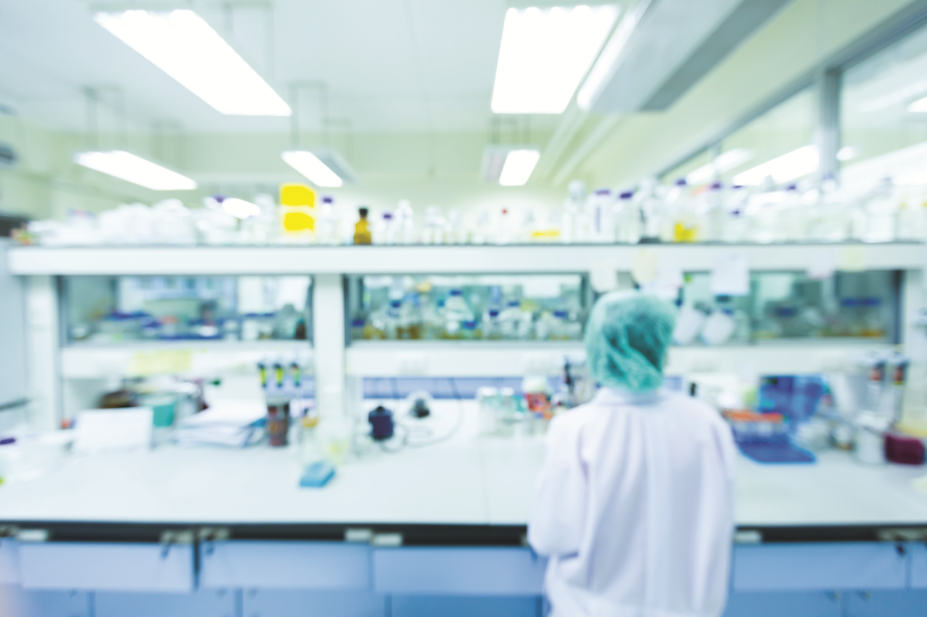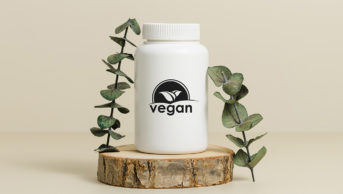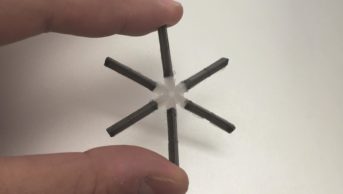
Shutterstock
The return on investment in drug research and development (R&D) being achieved by the pharmaceutical industry fell to 3.7% in 2016 — the lowest figure in the past six years, according to an industry analysis published by Deloitte.
The analysis found that projected peak sales per new product have fallen by 11.4% year on year since 2010 to reach an average US$394m.
The findings, published in Deloitte’s report ‘Measuring the return from pharmaceutical innovation 2016: Balancing the R&D equation’, are based on its 2016 analysis of the R&D spend by the global top 12 research-based life science companies: Amgen, AstraZeneca, Bristol-Myers Squibb, Eli Lilly, GlaxoSmithKline, Johnson & Johnson, Merck & Co, Novartis, Pfizer, Roche, Sanofi and Takeda.
The companies have launched 233 products over the past six years and developed another 376 products to reach late stage pipelines, with a total sales forecast of US$1,697bn, the report reveals.
During 2016, the costs of bringing a new drug from discovery to launch have stabilised — from US$1,576m in 2015 to US$1,539m in 2016 — but peak sales per product have continued to fall.
Colin Terry, consulting partner for European life sciences R&D at Deloitte, says the continuing fall in projected return is a “real issue” for the global industry: “As costs per product remain high, sales projections decline, and given it now takes the industry over 14 years to launch a drug, real questions should be raised about productivity and returns on innovation.”
He says drug price is the “most publicised challenge, with political and public scrutiny on the topic intensifying”.
“The majority of companies are struggling to achieve historical peak sales despite continuing to launch many new products. They are also increasingly looking for returns from treatments in smaller patient groups.”


